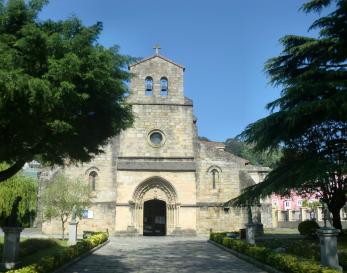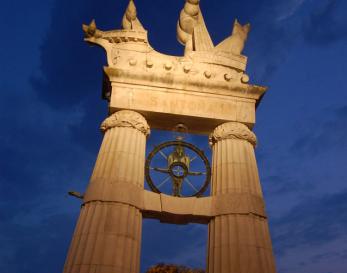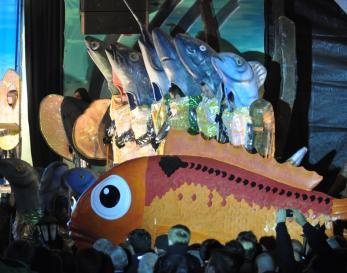Santoña
942 660 066
http://www.turismosantona.com/
Don´t miss it
-

Albergue juvenil
El Complejo Turístico Deportivo "El Albergue" forma parte del complejo deportivo de la villa, haciendo nuestra oferta tan versátil que nuestros huéspedes pueden disponer de servicios para el ocio complementarios. Además si tenemos en cuenta el entorno natural en el que las instalaciones...
-

Iglesia Santa María del Puerto
Destacar en el interior tres retablos: el primero es un retablo flamenco del siglo XV donado por Carlos V.Su autor fue Petri Nicolai y se trata de pintura al óleo sobre tablas de madera. El altar mayor que guarda la imagen de la Virgen del Puerto, patrona de Santoña que acompañó a Colón en el...
-

Monumento a Juan de la Cosa
Sobre dos columnas que representas a las de Hércules se apoya un bloque con la Nao Santa María, propiedad del cartógrafo y marino santoñés, Juan de la Cosa, autor del primer mapamundi y codescubridor de América junto a Cristóbal Colón. A ambos lados de las columnas se aprecia las iniciales en...
-

Camino de Santiago
Santoña es lugar de paso del Camino de Santiago por la costa. Estrecha es la relación de la villa con el Apóstol Santiago. Se cuenta que la Iglesia de Santa María del Puerto fue fundada por el Apóstol cuando estuvo en España en el año 37 existiendo además referencias del mismo en varias escenas de...
-

Carnaval de Santoña
El carnaval, la fiesta por excelencia del invierno, hunde sus raíces en las fiestas paganas que se celebraban en honor a Baco, el Dios del vino, las saturnales y las lupercales romanas, o las que se realizaban en honor del buey Apis en Egipto.Del Carnaval de Santoña se tienen noticias desde 1892,...
-

Fiestas Patronales de la Virgen del Puerto
Procesión Marítima. Se celebra el día 7 de septiembre y en ella se pasea a la Virgen de Puerto, en su carroza, por las calles de Santoña seguida por numerosos fieles, hasta embarcarla en uno de los pesqueros de la flota santoñesa, en el que se la pasea por las aguas de la bahía, seguida por toda la...





